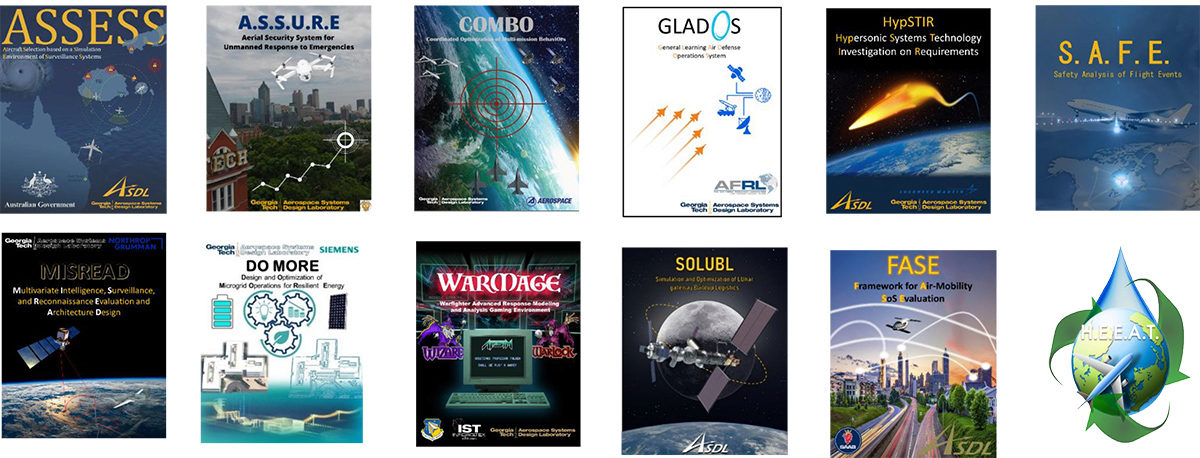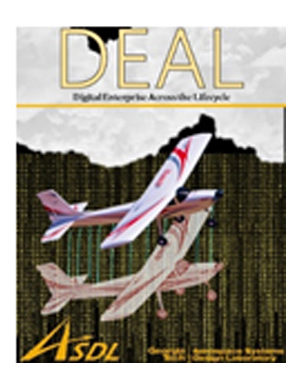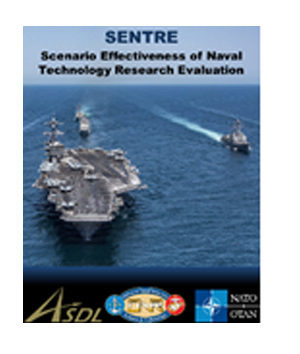 |
| Making An Impact. These cover pages represent 12 of the 27 Grand Challenge Reports that were delivered, via WebEx, during the 2020 External Advisory Board for the Aerospace Systems Design Lab. |
 |
| Regents Professor Dimitri Mavris ASDL Director |
The Aerospace Systems Design Lab (ASDL) at the Daniel Guggenheim School of Aerospace Engineering brought together more than 150 students, faculty, industry leaders, and government officials for its 28th annual External Advisory Board (EAB) meeting, held, as previously scheduled, April 21-23.
Conducted via WebEx to protect participants from the spread of COVID-19, the three-day review of the lab’s 27 Grand Challenge projects gave teams a chance to present findings from their year-long efforts and field questions from expert stakeholders.
Logging in to critique those projects were representatives from a broad spectrum of industry and government entities, including the Air Force Research Laboratory, Federal Aviation Administration, National Aeronautics and Space Administration, Office of Naval Research, Airbus, Boeing, Delta, Gulfstream, Northrop Grumman, Rolls-Royce, and Siemens.
“Converting this to an online format was a big undertaking, but very critical to our work,” said ASDL director Dr. Dimitri Mavris.
“More than 50 graduate students have worked countless hours to deliver industry-standard results on these projects. At first, we were going to have the Grand Challenge reviews with the student teams via WebEx anyway. But when I saw how far the teams had progressed and what great presentations they had, I decided to invite a small group of sponsors. The word spread and we were overwhelmed by the response.”
The ASDL's Grand Challenges are open-ended, relevant, realistic research problems that require students to develop a deep understanding of the problem and the underlying theory and assumptions and to identify a practical implementation of advanced methods beyond traditional senior design problems. Of the 27 projects chosen for the 2019-2020 cohort, 14 focused on a system-of-systems topic and 13 were focused on vehicles.
“The feedback on this format was very positive, all around,” said Mavris. “Next year, we are going to incorporate an online component to the EAB – allowing more professional participation from around the world.”
The ASDL External Advisory Board is comprised of chief scientists, managers, and directors of related government organizations and aerospace industry companies. The EAB's annual review is designed to give both students and research staff a chance to showcase their work. This review format has provided valuable dialogue, collaboration, technology transfers, and continued advancement.
 |
 |
Find out more about the 2020 Grand Challenges:
- ASSURE: Aerial System for Surveillance and Response to Emergencies
- COMBO: Coordinated Optimization of Multi-mission BehaviOrs
- MISREAD: Multivariate Intelligence, Surveillance, and Reconnaissance Evaluation and Architecture Design
- DEAL: Digital Enterprise Across the Lifecycle
- SAFE: Safety Analysis of Flight Events
- HypSTIR: Hypersonic Systems Technology Investigation on Requirements
- GLaDOS: General Learning Air Defense Operations System
- WARMAGE: Warfighter Advanced Response Modeling and Analysis Gaming Environment
- ASSESS: Aircraft Selection based on a Simulation Environment of Surveillance Systems
- SENTRE: Scenario Effectiveness of Naval Technology Research Evaluation
- DO MORE: Design and Optimization for Microgrid Operations for Resilient Energy
- HEEAT: High performance fuel Environmental and Economic Assessment Tool
- SOLUBL: Simulation and Optimization of LUnar gateway Buildup Logistics
- FASE: Framework for Air-Mobility SoS Evaluation
- SWEPT: Structural Wing Weight Estimation for a Supersonic Transport
- PROMISE: Protective Range-Optimized Missile Imitating Supersonic Entities
- ASTERIA: Aircraft Sizing Tool for Extraterrestrial Reconnaissance and Investigation and Analysis
- APPLE: Analytical Persistent Platform Lifecycle Evaluator
- DELPHI: Dynamic Environment for Loads Prediction and Handling Investigation
- AROMA: Advanced Reduced Order Modeling for Aerodynamics
- HERMES: HypERsonic cruise Missile design Environment Study
- AMUSE: Aircraft Manufacturing Using MBSE
- RIDE ON: RIch Design Exploration Of NTP
- DEPARTT: Development of Electric Propulsion Architectures for Remote Tactical Transport
- NEMESiS: Novel Effector Maturation, Evaluation, Sizing, and Synthesis
- QUAD: Quantification of Uncertainties for Aircraft Design
- TOP2: Thin-Haul Operations Optimization
